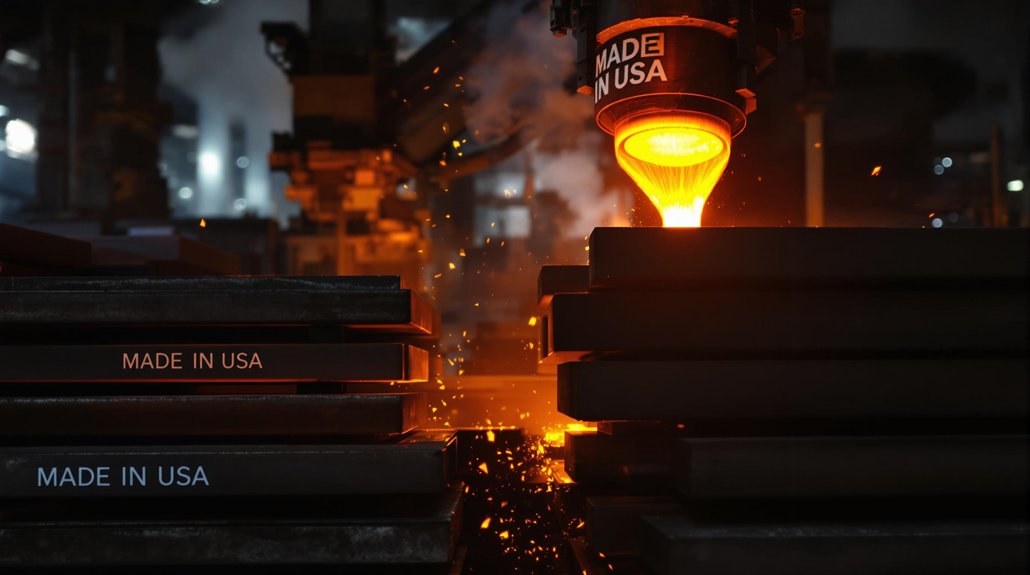The U.S. will impose 25% tariffs on all global steel and aluminum imports starting March 12, 2025. This removes previous exemptions and impacts $204 billion worth of metal goods. Officials cite national security concerns, aiming to boost domestic production to 80% capacity. Car prices may rise $1,000-$1,500, with inflation expected to exceed 3.5%. Trading partners, especially Canada and Mexico, face significant economic challenges from this policy shift.
While global markets prepare for major changes, the United States has announced new tariffs on steel and aluminum imports set to take effect March 12, 2025. The new policy implements a 25% tariff on all steel and aluminum imports from every country worldwide, removing all previous exemptions and special agreements.
The tariffs will cover $72 billion worth of steel goods and $132 billion of aluminum products. This includes not just raw materials but also items made with these metals, such as cars and appliances. The move is expected to add $22.4 billion in costs for imported metals and up to $29 billion more for products made with them. Car prices could rise by $1,000 to $1,500, and experts warn inflation might climb above 3.5%.
The U.S. government cited national security as the reason for these tariffs, using Section 232 of the Trade Expansion Act. Officials aim to boost domestic production capacity to 80%, address global excess production, and guarantee the nation can meet its needs during emergencies.
Many U.S. trading partners like Canada, Mexico, and European nations will be affected. Canada, being the largest steel exporter to the U.S., will likely experience significant economic impact. The European Commission is already planning possible responses. There’s talk that Australia might receive a special exemption, though nothing is confirmed. Currently, the United States imports roughly 25% of its steel supply, with significant amounts coming from Canada and Mexico.
For American metal producers, the tariffs offer support for recovery and reinvestment. Past tariffs helped increase steel capacity use above 80% and boosted aluminum production from 40% to 61% between 2017 and 2019.
The new rules also bring strict changes to enforcement. The product exclusion process will end, and the government will require “melted and poured” standards to qualify as American-made. Officials will crack down on companies trying to avoid the tariffs through misclassification.
U.S. manufacturers who buy these metals will face higher costs for their materials, potentially affecting their ability to compete in global markets. The policy clearly aims to reshape trade patterns in favor of American metal producers.








